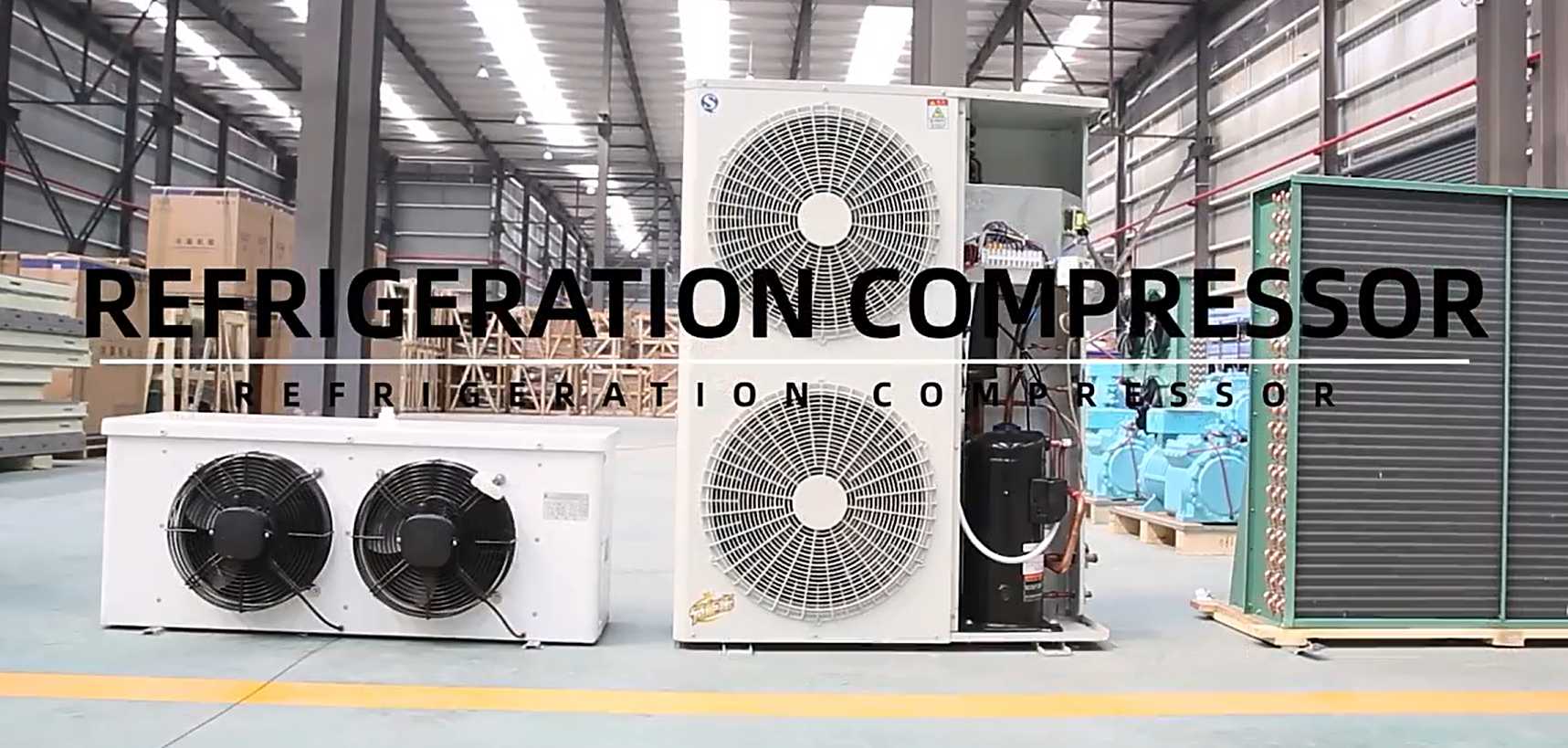
In the field of refrigeration equipment, monoblock and split refrigeration systems are two common types, each with distinct characteristics in structure, performance, and applicable scenarios. Understanding their differences is crucial for selecting the right refrigeration solution.
- Monoblock Refrigeration Systems: These systems integrate core components such as the compressor, condenser, evaporator, and expansion valve into a single compact unit. The entire device has a simple structure; during installation, it only needs to be placed in a suitable location and connected to a power source and necessary pipelines.
- Split Refrigeration Systems: This type of system consists of an outdoor unit (comprising the compressor and condenser) and an indoor unit (including the evaporator and expansion valve, etc.), with the two connected via pipelines. This separated design allows for flexible placement of indoor and outdoor components based on actual needs.
- Installation: Monoblock systems are easy to install and take less time, making them suitable for scenarios with limited space and high requirements for installation speed, such as small cold rooms and mobile refrigeration equipment. Split systems, on the other hand, require separate installation of indoor and outdoor units, as well as pipeline connection and debugging, which is relatively complex and requires professional operation. However, they can better adapt to different site layouts.
- Maintenance: The components of monoblock systems are concentrated. In case of a malfunction, troubleshooting and repair may be restricted by space, and in some cases, the entire unit may need to be disassembled for inspection. For split systems, the indoor and outdoor components are separated, so maintenance can be performed on the indoor and outdoor units separately. Especially, the maintenance of the outdoor unit will not affect the indoor refrigeration environment, making it relatively more convenient.
- Refrigeration Performance: Under the same cooling capacity, split systems have better heat dissipation conditions because the condenser is installed outdoors, resulting in higher refrigeration efficiency and more stable maintenance of low indoor temperatures. Monoblock systems rely on their own structure for heat dissipation, which may lead to a decline in refrigeration capacity in high-temperature environments.
- Energy Consumption: Thanks to better heat dissipation, split systems have relatively lower energy consumption during long-term operation. This energy-saving advantage is more significant in large-scale refrigeration places. Monoblock systems have slightly higher energy consumption due to structural limitations, but the energy consumption difference may not be significant for small-scale refrigeration needs.
- Monoblock Refrigeration Systems: Suitable for scenarios such as small cold rooms, commercial freezers, and vehicle-mounted refrigeration equipment. For example, small freezers in convenience stores and refrigerated trucks for transporting fresh goods usually adopt monoblock systems to meet their compact and flexible usage needs.
- Split Refrigeration Systems: More suitable for large cold rooms, food processing plants, and the refrigeration part of central air conditioning in shopping malls, etc. In these scenarios, a larger cooling capacity is required, and there are higher requirements for the precision of indoor temperature control. Split systems can better exert their performance advantages.
- Initial Cost: Monoblock systems have lower manufacturing costs and relatively cheaper prices, making them suitable for users with limited budgets.
- Long-term Cost: Split systems have higher initial purchase and installation costs, but in the long run, their lower energy consumption and maintenance costs can make up for the initial investment to a certain extent, making them more economical for long-term large-scale refrigeration projects.
From the above comparison, it can be seen that monoblock and split refrigeration systems have their own advantages and disadvantages. When choosing, it is necessary to comprehensively consider factors such as actual refrigeration needs, site conditions, and budget to select the most suitable refrigeration solution.

 07.24, 2025
07.24, 2025
